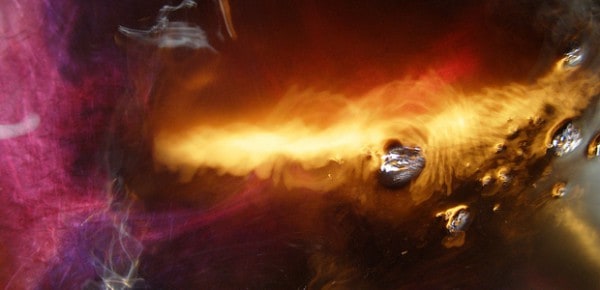 The four classical elements date back to the 5th century BCE. In the fragmentary writings that survive from Empedocles he established , among other things, the four roots (later elements) as Earth, Air, Fire and Water, and that these roots (or elements) are associated with specific gods: Hera, Zeus, Hades, and Nestis (Persephone), respectively.
The four classical elements date back to the 5th century BCE. In the fragmentary writings that survive from Empedocles he established , among other things, the four roots (later elements) as Earth, Air, Fire and Water, and that these roots (or elements) are associated with specific gods: Hera, Zeus, Hades, and Nestis (Persephone), respectively.
These associations had complex geographical and mythical attributes which are rarely (if ever) taken into consideration. They don’t specify mystic sexual or gender-based properties inherent in the elements themselves, but rather describe mystic attributes relevant to these specific divine couples. (For more on Empedocles and the establishment of the four classical elements, I recommend Peter Kingsley’s Ancient Philosophy, Mystery, and Magic: Empedocles and Pythagorean Tradition.)
Taken out of context, the elements often get (mis)classed as: Earth/female, Air/male, Fire/male, Water/female. This tradition has become entrenched in modern occultism, and it is patently absurd.
If we take a surface reading of gender stereotypes as presented, they make little sense. Is the person the fiery temper represented by nurturing Earth or deep water simply because she’s female? Must the practical labourer who’s held the same job for so many decades be viewed as intellectual air or fiery inspiration, simply because he has a penis?1 It simply doesn’t hold up, and never really has.
We can still make use of the elemental associations in light of what they represent, for example:
- Earth – fertile, steadfast, practical
- Air – intellectual, remote, changeable
- Fire – passion, inspiration, transformation
- Water – emotional, nurturing, hidden
and various esoteric attributes, but we need not pretend these associations must be attributed to binary gender conventions.
This topic arose in part due to a comment made2 on the previous piece, “Sexism in contemporary occulture,” the commentator was making a point about gender associations in Chinese Medicine, and the polarity of yin and yang. While I remain unconvinced in the wisdom of ascribing binary attributes to all things, I find this especially unhelpful in gender assignments, and particularly in regards to occult subjects. It doesn’t translate that negative/positive, passive/active, shady/sunny are all sides of the same coin, and it makes even less sense when we attribute gender to them.
Objects are no more imbued with mystical power than abstract concepts. The sword or wand ought not represent “male energy” (whatever that is) due to a faint phallic resemblance; there are no physical resemblances between a chalice or pentacle that suggest “femininity” (whatever that means). There are more relevant – and more potent – concerns inherent in the symbolism without forcing genders upon them.
Do we lose anything by dropping these arbitrary gender distinctions? I don’t think so. Instead, consider what we stand to gain.
First published on Plutonica.net 17 February 2010.
Image credit: erix!
- Yes, these are characterizations. Of course there are exceptions – many! That’s why they’re absurd. [↩]
- The comment was made on the blog Plutonica.net, since closed. [↩]







